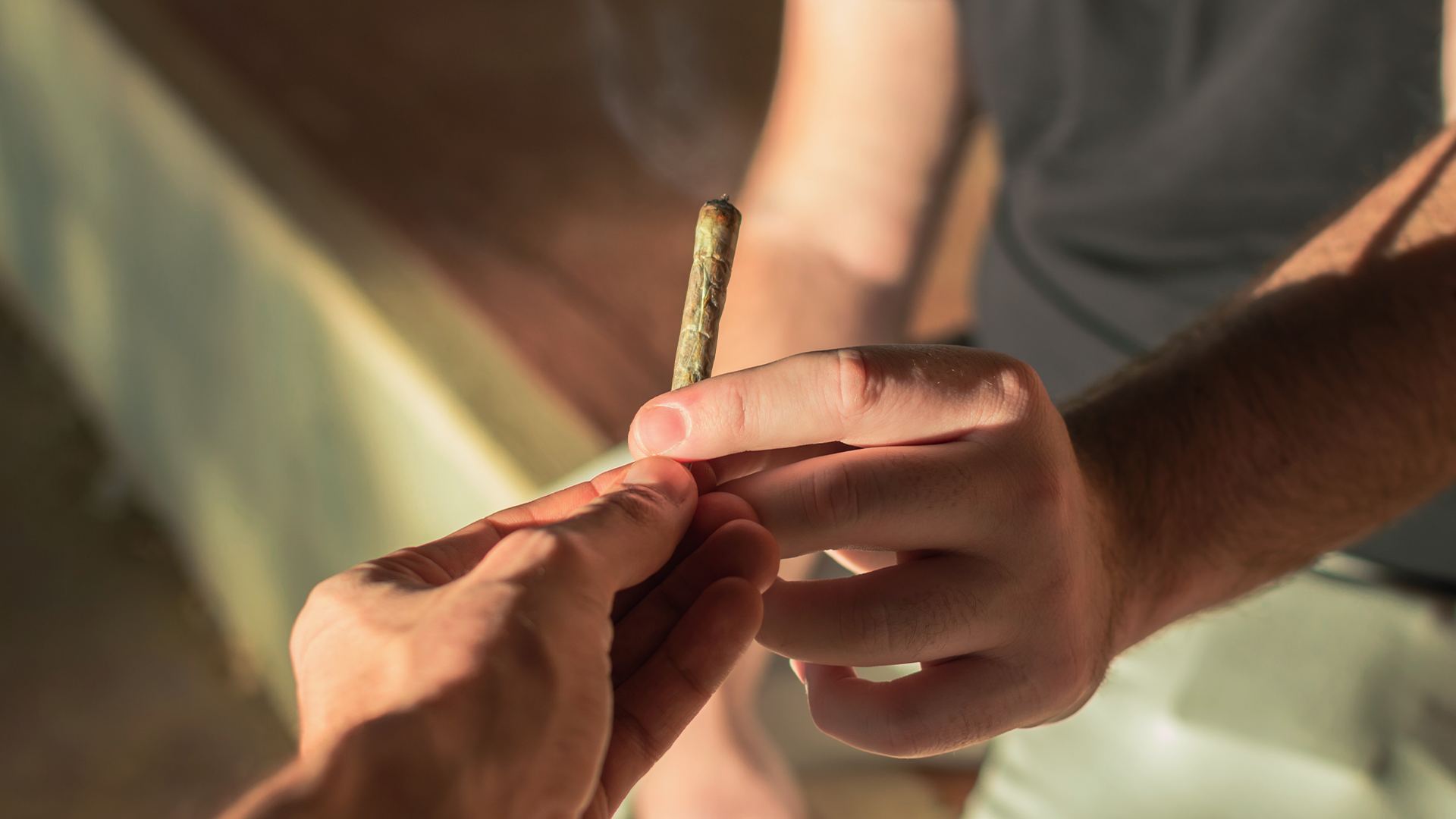Navigating the Gateway Theory: Debunking Myths Surrounding Cannabis
The Gateway Theory, suggesting a link between cannabis use and subsequent consumption of higher-risk substances, has been a topic of debate since the 1970s. This article explores the origins of the theory, its historical context, and what contemporary research reveals about its validity.

Navigating the Gateway Theory: Debunking Myths Surrounding Cannabis and Substance Use
1. Unraveling the Gateway Theory:
-
Introduced by Denise Kandel in 1975, the gateway theory posits that individuals often progress from legal substances like alcohol, tobacco, and cannabis to more illicit and higher-risk drugs.
2. Evolution of the Gateway Theory:
-
The gateway theory has been misconstrued in popular culture, suggesting an inevitable transition from cannabis use to problematic consumption of illicit drugs. It was frequently employed during the war on drugs to justify criminalising cannabis.
3. Examining the Evidence:
-
Global data indicates a correlation between initial cannabis use and later experimentation with illicit higher-risk drugs. However, correlation does not imply causation, and the majority of cannabis consumers do not escalate to problematic drug use.
4. Contemporary Perspectives:
-
Legalisation has changed the landscape, providing access to regulated cannabis, reducing the likelihood of exposure to illicit substances. Access alone does not dictate consumption, and experimentation does not equate to problematic use.
5. Factors Influencing Substance Use:
-
Various social and biological factors contribute to illicit higher-risk drug use, including adverse life experiences, mental health conditions, socioeconomic status, genetics, and peer influences. These confounding variables challenge the cause-and-effect relationship suggested by the gateway theory.
6. Gateway Candidates:
-
While cannabis, alcohol, and tobacco are associated with subsequent drug use in observational studies, biochemical research presents a more nuanced picture. Nicotine, particularly in combination with cannabis, has shown potential as a priming agent for other drugs in animal studies.
7. Flaws in the Gateway Theory:
-
Cannabis, with its lower harm profile and accessibility, is among common initiating substances. However, most cannabis users do not progress to problematic drug use. Alcohol’s gateway effects remain uncertain, with studies producing mixed results.
8. Biological Research Insights:
-
Collaborative research by Denise Kandel and biochemist Eric R. Kandel suggests nicotine as a potential gateway substance. Animal studies indicate that nicotine primes the brain for other drugs, amplifying addictive behaviours.
9. Concluding the Debate:
-
While evidence does not support a direct causal link from cannabis to subsequent illicit higher-risk drug use, the complexity of addiction and risky behaviour in society remains not fully understood. Responsible consumption and a comprehensive understanding of the facts are essential.
10. Cannabis Clarity:
-
Access a wealth of cannabis-related information, promoting responsible consumption, on the Cannabis Clarity online education hub.
